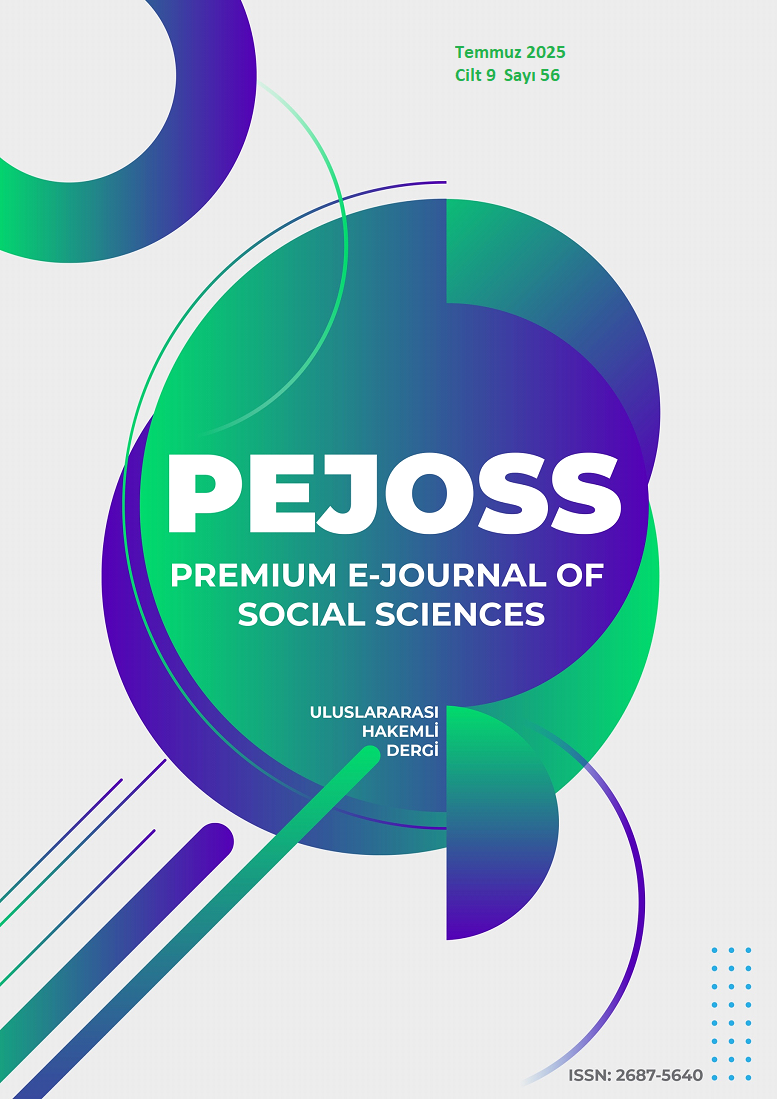Investigation of the Regional Differences of the Same Named Game Airs in Turkish Folk Music (Kelkit Valley Example)
DOI:
https://doi.org/10.5281/zenodo.15647883Keywords:
Kelkit valley, Dik horon, Düz, Rum dikiAbstract
Kelkit Valley, positioned as a gateway between the Black Sea and Eastern Anatolia regions, harbours a distinctive and diverse musical culture. Centered on the provinces of Tokat, Erzincan, Gümüşhane, Sivas, and Giresun, this study examines traditional folk dance tunes—particularly “Rum Diki,” “Dik Horon,” and through their characteristic 5‑beat (3+2) and 7‑beat (2+2+3) rhythmic patterns. Researchers employed both written sources and ethnographic methods, including individual interviews with local musicians, observations at weddings and festivals, and studio recordings. These tunes were transcribed, and their rhythmic frameworks, melodic motifs, and regional variations were analyzed systematically. It became clear that different interpretations of the same melody exist across districts, varying in tempo and melodic progression. For example, the Refahiye rendition tends to be slower, while the Gümüşhane version is notably faster. Although initial motifs across variants often resemble each other, divergences emerge during transitions to emphatic sections and in their closing passages.
The study also emphasizes the inseparable bond between music and dance in the valley’s folk traditions. Performers typically stand in semicircles or straight lines and maintain physical contact—by pinky fingers, hands, or shoulders—highlighting a shared communal expression. This embodied performance practice reinforces the cultural interdependence of music and movement. By situating these musical expressions within their geographical, cultural, and sociological contexts, the research documents both the continuity and evolution of Kelkit Valley’s folk traditions. Through detailed transcription and comparative analysis of regional variants, the study not only preserves these musical heritage elements but also lays the groundwork for transmitting them to future generations.
Downloads
References
Eroğlu, T. (1999). “Halk oyunları el kitabı”. Gazi Kitabevi.
Fischer, E. (2012). “Sanatın toplumsal işlevi” (T. B. Öztürk, Çev.). Sol Yayınları. (Orijinal eser Güven, M. (2009) “Türkülerin Varyantlaşması.” THM Teori ve Uygulaması (Ortak TSM), s. 136–139. (TRT Ankara Radyosu, Merdan Güven tarafından derleme
Karataş, H. (2001). Sözlü kültür ürünlerinde varyantlaşma üzerine bir değerlendirme. Türkiyat Araştırmaları Dergisi, (10), 447–456.
Kültür ve Turizm Bakanlığı. (2023). “Sivas ili tarihi”. Kültür Portalı. https://www.kulturportali.gov.tr
Strabon. (M.Ö. 20). “Geographika” (H. L. Jones, Çev.). (Yayım yılı bilinmiyor).
Tosun, M. (2019). “Halk müziği ezgilerinde bölgesel icra farklılıkları ve varyantlaşma” (Yüksek lisans tezi, Atatürk Üniversitesi)
Downloads
Published
How to Cite
Issue
Section
License
Copyright (c) 2025 Premium e-Journal of Social Science (PEJOSS)

This work is licensed under a Creative Commons Attribution 4.0 International License.


